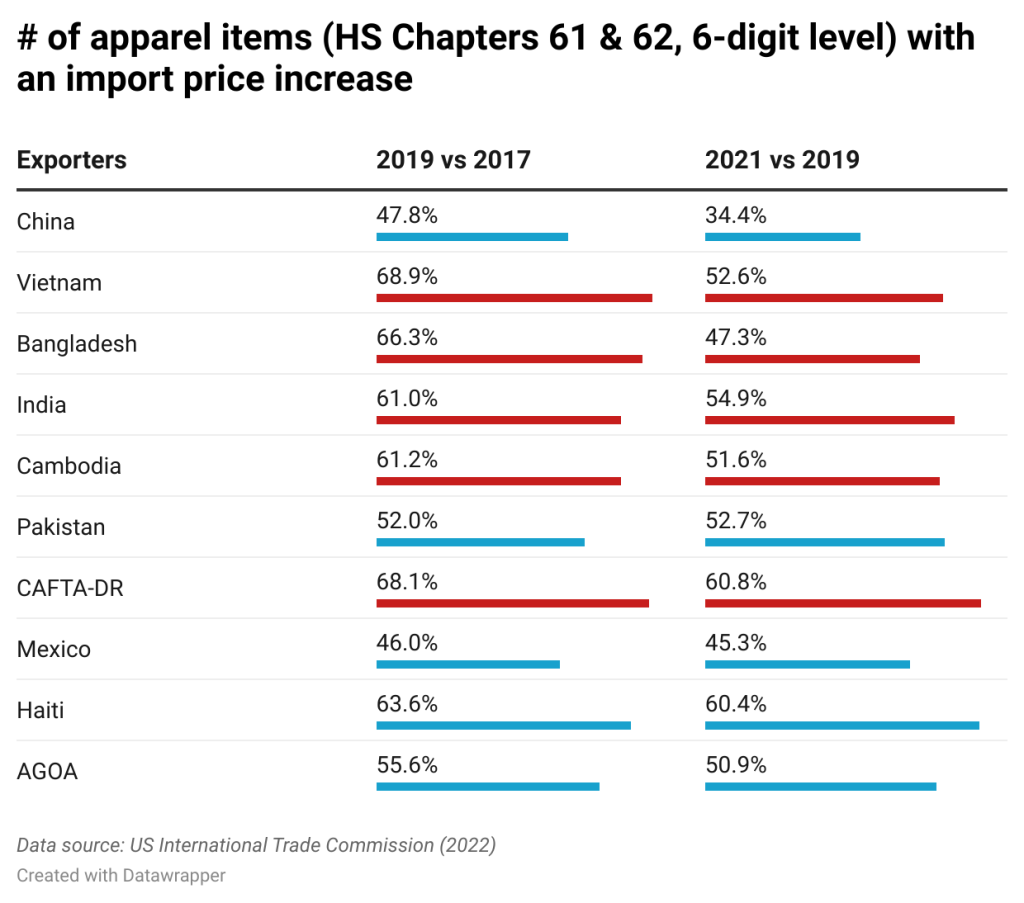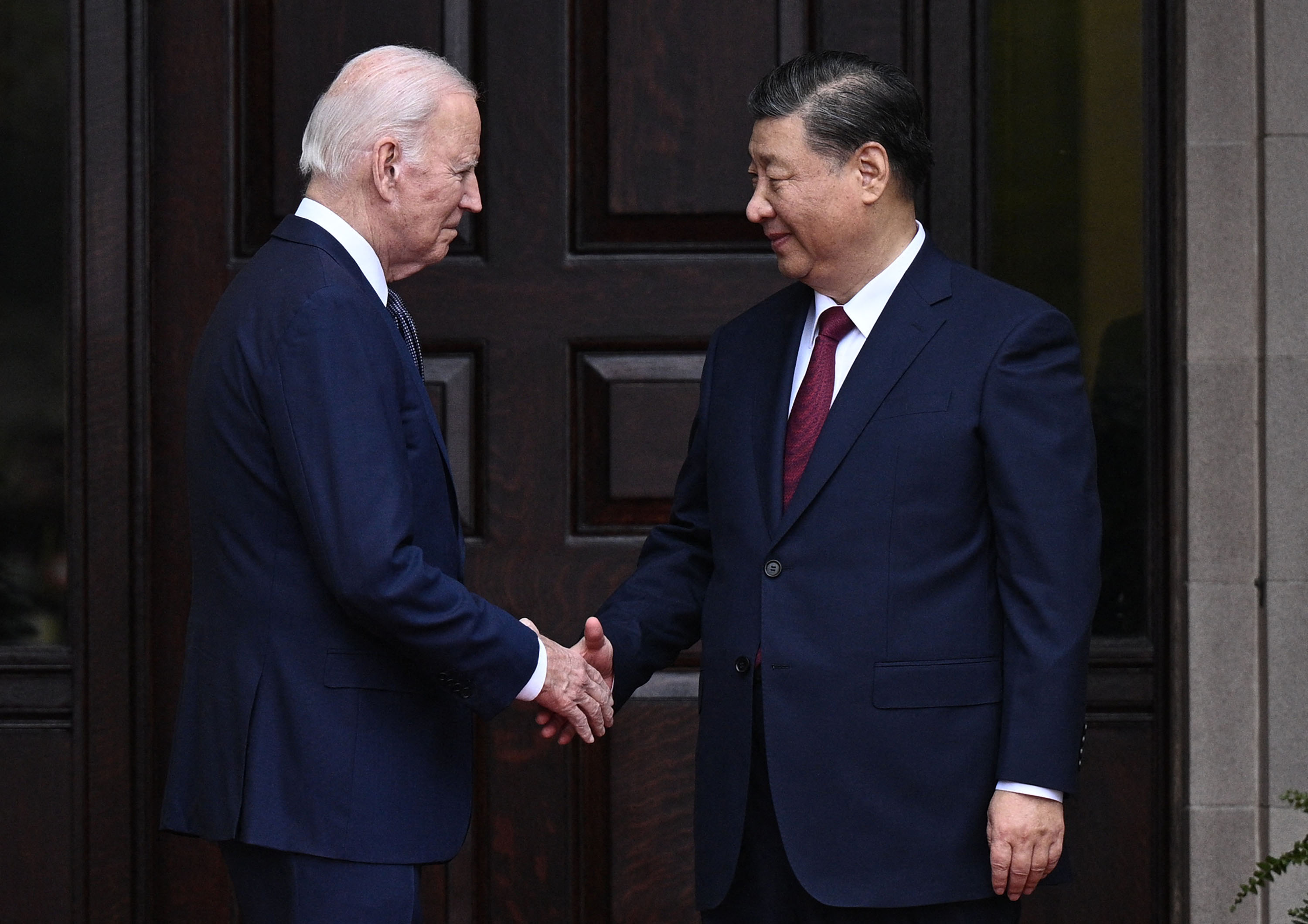American Manhunt: Osama Bin Laden Review – A Critical Analysis Of The Hunt

Table of Contents
The Genesis of the Manhunt: Post-9/11 Intelligence Gathering and Initial Strategies
The aftermath of 9/11 saw the launch of a massive manhunt for Osama bin Laden, a hunt characterized by both initial intelligence failures and eventual strategic successes. The immediate challenges were immense. Pinpointing bin Laden's location within the vast and complex landscapes of Afghanistan and Pakistan proved incredibly difficult. Early leads were often unreliable, requiring extensive verification and corroboration.
The reliance on human intelligence (HUMINT) was paramount, particularly in the early years. However, this approach presented significant risks, including the potential for misinformation and the danger to informants operating within hostile territories. Technological limitations also hampered early efforts. Satellite imagery, while improving, lacked the resolution needed for precise identification, and communication technologies were not as sophisticated as they would become later in the hunt.
- Early leads: Often fragmented and unreliable, requiring painstaking verification.
- Reliance on human intelligence (HUMINT): Crucial but inherently risky, involving potential double agents and compromised informants.
- Technological limitations: Early satellite imagery and communication technologies hampered precise tracking.
- Challenges in Afghanistan and Pakistan: Navigating complex political landscapes and gaining access to vital information proved immensely challenging.
Key Players and Their Roles in the Manhunt
The American manhunt for Osama bin Laden involved a vast network of individuals. Key figures include:
- George W. Bush: President during the initial phase of the manhunt, setting the overall tone and priorities.
- Barack Obama: President who authorized the Abbottabad raid, overseeing the final stages of the operation.
- Leon Panetta: CIA Director during the final stages of the hunt, playing a critical role in the decision-making process.
- CIA officials: Countless anonymous operatives dedicated to gathering intelligence and coordinating efforts across multiple agencies.
- SEAL Team Six: The elite US Navy SEALs who executed the raid on bin Laden's compound.
The contributions of these individuals, and the complex interplay of their decisions, were crucial to the hunt's success. Inter-agency cooperation, though vital, was not without its challenges. The inherent tension between different agencies, each with its own priorities and methods, required careful negotiation and coordination.
The Evolution of the Manhunt: Adapting Strategies and Technology
Over the years, the manhunt's strategy and technology evolved significantly. The initial reliance on HUMINT gradually integrated more advanced technological capabilities. The increased use of drones provided unprecedented surveillance capabilities, enabling persistent monitoring of suspected areas. Improved intelligence analysis techniques allowed for more effective processing and interpretation of the vast amounts of data collected.
This evolution wasn't without its ethical implications. The increasing use of drone strikes raised considerable debate about the legality and morality of targeted killings. Balancing the need for precision and minimizing civilian casualties became a central concern. The reliance on informants, while crucial, also raised questions about potential human rights abuses.
- Increased use of drones: Provided persistent surveillance and the ability to conduct targeted strikes.
- Improved intelligence analysis: More sophisticated data processing and interpretation techniques led to more accurate assessments.
- Use of human informants: Continued to play a crucial role, despite inherent risks and ethical considerations.
- Evolving technological capabilities: Enhanced satellite imagery, communication intercepts, and data analysis tools significantly improved tracking capabilities.
The Abbottabad Raid: A Detailed Analysis of the Operation
The Abbottabad raid, executed by SEAL Team Six on May 1, 2011, represented the culmination of the decade-long manhunt. Months of meticulous planning and intelligence gathering led to the identification of bin Laden's compound. The operation was fraught with risks, including the possibility of detection, potential civilian casualties, and the need for swift and decisive action.
The SEALs executed the raid with remarkable precision, successfully neutralizing bin Laden and securing the compound. The handling of bin Laden's remains, and the subsequent decision to bury him at sea, sparked further debate. The immediate aftermath involved the securing of evidence and the dissemination of information to the public.
- Planning phases: Months of meticulous intelligence gathering and risk assessment.
- The SEAL Team Six operation: A highly coordinated and expertly executed raid.
- Securing the compound: Neutralizing threats and gathering crucial evidence.
- Handling of bin Laden's remains: A controversial aspect that fueled further debate.
- Immediate aftermath: Securing the compound and managing the information flow.
Legacy and Lasting Impact: The American Manhunt's Consequences
The Abbottabad raid had a profound and lasting impact on global counterterrorism. The killing of Osama bin Laden significantly weakened Al-Qaeda, though it didn't eliminate the threat entirely. The operation influenced global security strategies, leading to a greater emphasis on targeted killings and the use of drones. However, the long-term consequences continue to be debated.
The legality and ethical implications of the raid remain a subject of ongoing discussion. Questions persist regarding the potential for civilian casualties, the proportionality of the response, and the broader implications for international law. The manhunt’s legacy underscores the complexities of modern counterterrorism and the ongoing struggle to balance national security concerns with ethical considerations.
- Impact on Al-Qaeda: Weakened the organization but didn't eliminate the threat of global terrorism.
- Shifts in global security strategy: Increased reliance on targeted killings and drone warfare.
- Lasting geopolitical ramifications: Altered relationships between countries and shifted global power dynamics.
- Ongoing ethical debates: Legal and moral questions surrounding the raid continue to be discussed and debated.
Conclusion:
This review of the American manhunt for Osama bin Laden reveals a complex and multifaceted operation, characterized by both triumphs and challenges. From the initial intelligence failures to the precision of the Abbottabad raid, the hunt illustrates the evolving nature of counterterrorism in the 21st century. Understanding the complexities of this manhunt provides crucial insight into the ongoing global fight against terrorism. To further delve into this pivotal historical event, research additional resources and continue your exploration of the American Manhunt: Osama bin Laden story. Further analysis of the Osama bin Laden hunt, including the ethical debates surrounding the use of drones and targeted killings, will illuminate the evolving strategies and challenges faced in modern counterterrorism.

Featured Posts
-
 Trump Declares Taylor Swift No Longer Hot Sparks Maga Celebration
May 18, 2025
Trump Declares Taylor Swift No Longer Hot Sparks Maga Celebration
May 18, 2025 -
 Poll Most Dutch Against Eu Retaliation On Trump Import Duties
May 18, 2025
Poll Most Dutch Against Eu Retaliation On Trump Import Duties
May 18, 2025 -
 Dove Cameron And Damiano David Holding Hands In Nyc After Tour Announcement
May 18, 2025
Dove Cameron And Damiano David Holding Hands In Nyc After Tour Announcement
May 18, 2025 -
 The Private Credit Hiring Process 5 Essential Dos And Don Ts
May 18, 2025
The Private Credit Hiring Process 5 Essential Dos And Don Ts
May 18, 2025 -
 Xi Jinping Meeting Trump Says He Ll Go To China
May 18, 2025
Xi Jinping Meeting Trump Says He Ll Go To China
May 18, 2025
Latest Posts
-
 Political Clash Trumps Fiery Retort To Springsteens Treasonous Claim
May 18, 2025
Political Clash Trumps Fiery Retort To Springsteens Treasonous Claim
May 18, 2025 -
 The Impact Of A Weakening Ocean Current System On Us Sea Level Rise
May 18, 2025
The Impact Of A Weakening Ocean Current System On Us Sea Level Rise
May 18, 2025 -
 Us Army Joins Right To Repair Movement Implications For Soldiers And Contractors
May 18, 2025
Us Army Joins Right To Repair Movement Implications For Soldiers And Contractors
May 18, 2025 -
 Has Your Dream Renovation Turned Into A Nightmare A House Therapist Might Be The Answer
May 18, 2025
Has Your Dream Renovation Turned Into A Nightmare A House Therapist Might Be The Answer
May 18, 2025 -
 Inmate Escape From New Orleans Jail Video Evidence Released By Cnn
May 18, 2025
Inmate Escape From New Orleans Jail Video Evidence Released By Cnn
May 18, 2025
